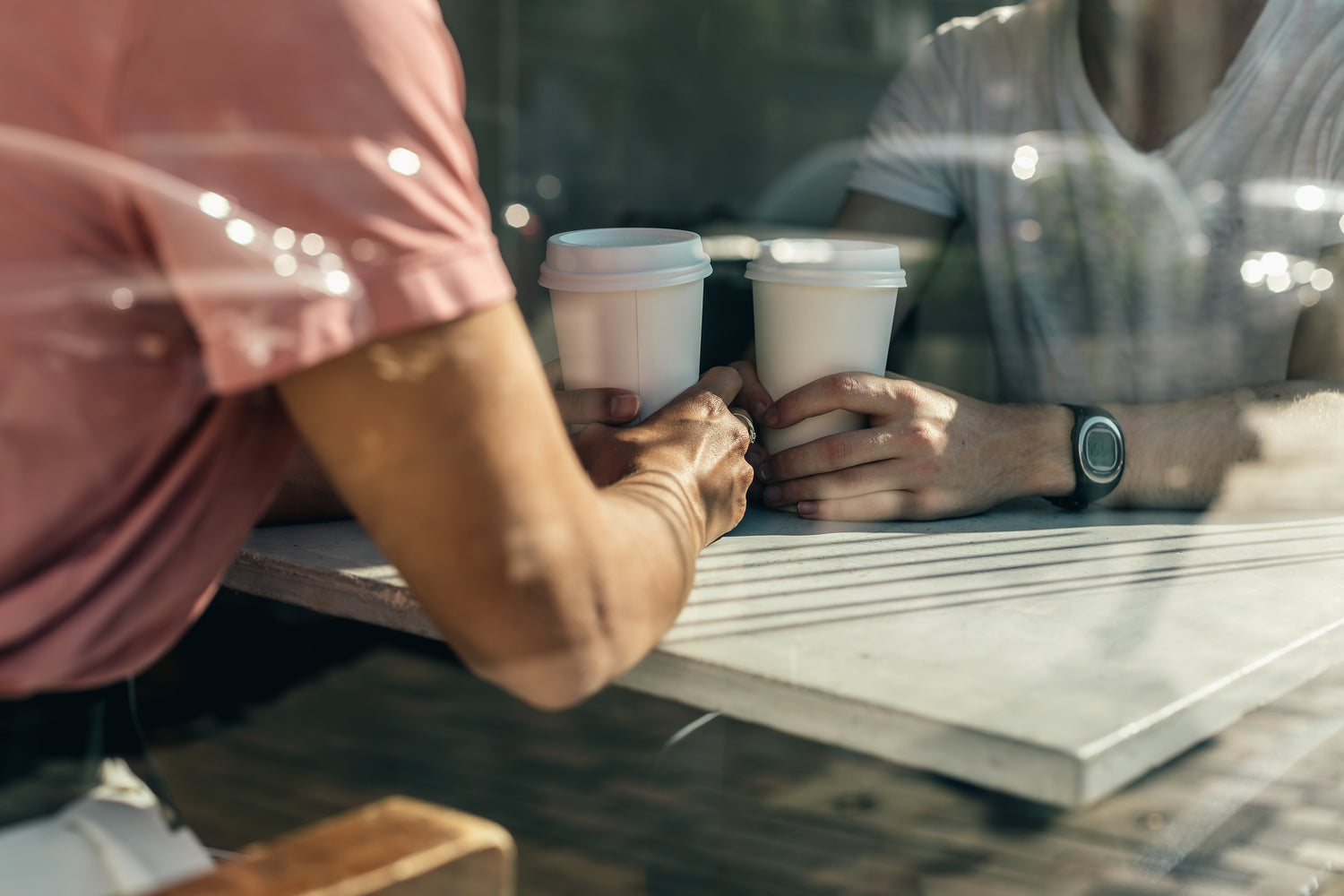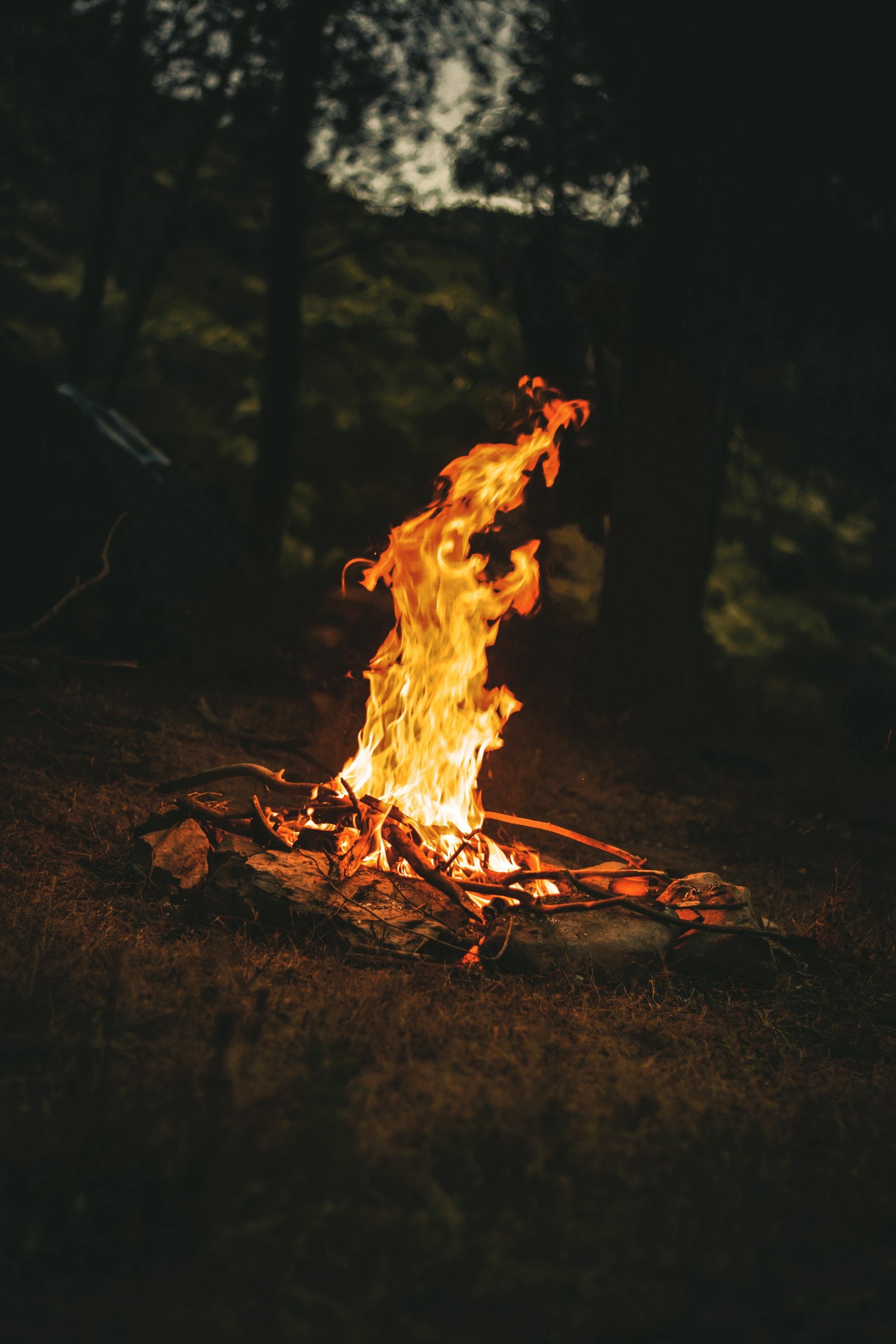A Beloved Beverage with Many Variations
Whether you take your coffee black, with milk or cream, or doused in sugar - it's a beloved morning ritual for many across the globe. From breakfast to getaways from home and everywhere in between, this essential beverage has become an indispensable part of life. There are so many ways to enjoy coffee that no two cups turn out exactly alike – some people prefer just a small cup with cereal at breakfast while others can't be without their daily pot-full addiction throughout the day. It doesn't matter how you like your fix because one thing remains certain: Coffee is undoubtedly the most popular drink consumed worldwide!

The Cafe Culture: Where Coffee Brings Comfort
A piping hot cup of coffee can be a source of solace and cheer throughout the day. As cafe culture is becoming more widespread, coffee shops are appearing everywhere - they've become an integral part of our lives, offering people places to catch up with friends or relax after a long shopping spree. Coffee not only helps you destress but also gives you a reason to leave your house for that much-needed break!
Shop Coffee
-
3 - Tarara Coffee - 1Kg - Premium Ethiopian Arabica (Whole beans)
Regular price €27,42 EURRegular priceUnit price per -
3 - Tarara Coffee - 1Kg - Premium Ethiopian Arabica (Ground)
Regular price €27,42 EURRegular priceUnit price per -
1 - Tarara Coffee - 250g - Premium Ethiopian Coffee - 100% pure Arabica (Ground)
Regular price €12,72 EURRegular priceUnit price per -
2 - Tarara Coffee - 500g - Premium Ethiopian Arabica (Whole beans)
Regular price €19,72 EURRegular priceUnit price per
The World's Coffee Supply: A Product of Equatorial Regions
Who would have thought that a staggering 2.25 billion cups of coffee are consumed on a daily basis worldwide?
Coffee is the second most traded commodity globally, after oil and provides 25 million farmers in developing countries with much-needed economic stability and sustenance.
To yield the highest quality of coffee beans, coffee plants must be cultivated at a higher elevation in tropical climates with nutrient-dense soil. This kind of terrain is found between latitudes 25 degrees north and 30 degrees south —the infamous "bean belt." The world's most prodigious harvesters are distributed across Africa, Asia, Central/South America as well as islands scattered throughout the Pacific Ocean and the Caribbean Sea.
As people experience the remarkable flavors and shared moments that come with a cup of coffee, they can't help but be enamored. After all, whether you prefer to savor it alone or enjoy it in the presence of others, coffee has become an integral part of our daily lives.

The Myth of Kaldi: A Timeless Tale
Once upon a time, in Ethiopia, there was a goat herder named Kaldi. Kaldi was a hardworking man who spent his days tending to his goats. One day, as he was watching over his flock, he noticed something unusual. His goats were behaving in a strange manner. They were jumping around and dancing, almost as if they were excited about something.
Fascinated by the peculiar goings-on, Kaldi decided to look into what was happening. As he surveyed his goats, he noticed that they had been snacking on berries from a near plant. His curiosity piqued, Kaldi sampled some of the berries for himself and found them to have an unusual bitter flavor but captivating aroma.
Kaldi's curiosity didn't end there. He decided to take the berries to the local monks, hoping they could shed some light on what was going on. However, the monks were uninterested in the strange berries and threw them into the fire.

As the beans slowly roasted, an aroma that was unparalleled to anything the monks had ever encountered filled their air. Hastily collecting all of the freshly-roasted beans, they proceeded to dump them into a pot of piping hot water and observed as it transformed from clear liquid to brown in colour. Intrigued by this phenomenon, one monk decided to take a sip - and thus coffee was born!
To the monks' surprise, their concoction had a robust and flavorful taste with an energetic kick. Instantly, they realized that it was something extraordinary unlike anything else.
While the legendary tale of Kaldi and the monks may appear to be coffee's origin story, historical accounts tell us that it wasn't introduced until around 1450. Yet, centuries prior in Ethiopia's Oromo region, tribes consumed a beverage made from dried coffee husks called "Buna".
Although the story of Kaldi and the monks may not be historically accurate, it is still a significant part of coffee's legacy. Without their inquisitiveness and eagerness to experiment, we might have never encountered the marvels that come with drinking coffee.
Tracing the Journey of Coffee's Expansion from its Birthplace in Ethiopia to Yemen and Beyond
Records show that in the 1470s, a religious scholar from Yemen ventured to Ethiopia and noticed the locals were consuming Buna. He observed that this specific drink kept them alert and awake which was ideal for Sufis who needed to stay up all night while performing their devotions. The cleric brought the coffee back with him when he returned to Yemen and shared it among his fellow Sufis. It wasn't long before it started gaining popularity throughout society - many say they are credited as being first people on record drinking what we now consider our beloved cup of coffee!
In 1511, the ruler of Mecca had an innate feeling that something sinister was happening during certain late-night gatherings. He appealed to religious leaders for help and a trial ensued with an astonishing resolution: coffee should be prohibited among Muslims because it is allegedly considered as mind-altering intoxicated substances.
The verdict was not an easy one to reach, and it was a matter of great debate. The trial results were sent up to Cairo for a final ruling. After much deliberation, it was finally decided that coffee was not an intoxicating substance. In fact, it was the opposite. Those who drank coffee stayed awake and were able to perform their devotion to the Lord. The ruling made it clear that coffee should not be banned and was approved for consumption.

With this approval, coffee quickly spread throughout the Middle East. It was initially adopted in coffee houses where men could gather and socialize. This was the first time outside of the mosque that people could come together in such a way. Around the year 1550, the Ottoman Empire expanded to cover the whole of the Middle East, and they brought the drink back to Turkey itself. In Istanbul, coffee houses were established, and the coffee was roasted just using the beans, creating the dark and rich Turkish coffee that we know today.
The Spread of Coffee: From Ottoman empire to the Rest of the World
Merchants from Turkey, belonging to the Ottoman Empire, began taking coffee with them on their trips to Venice, the first trading port. By the 1570s, coffee was being imported into Venice for the merchants' own use. However, European countries were limited in the amount of coffee they could bring in because it was only being grown in Yemen. They started to obtain coffee seeds to grow them elsewhere.
The first people to successfully grow coffee elsewhere were the Dutch. They took coffee seeds down to the island of Java in Indonesia and started importing coffee back from Java. By the 1720s, Java had become the largest producer of coffee in the world. But soon after, the French came into the picture.
A famous story revolves around a French naval officer named Gabriel-Mathieu Francois D'ceus de Clieu. He took small coffee seeds in a little glass cabinet with him on a trip across the ocean. During his voyage, he shared his little water ration with the coffee seeds and planted them in Martinique. By the 18th century, France became the leading grower of coffee, and its colonies and France itself became the leading consumer of coffee.
This led to a spread of coffee houses throughout Europe, including Vienna. A man named Jerzy Franciszek Kulczycki set up the blue bottle coffee houses and was responsible for a lot of what we see as European coffee culture. He was the first person to mix milk with coffee, leading to the creation of drinks such as cappuccino and latte. Thus, coffee became a global phenomenon, enjoyed by people all around the world.
The American Shift from Tea to Coffee
On the other side of the world in the US, British rule in the 18th century meant that Tea and coffee were already popular beverages. However, by the end of the century, that was all about to change. The legend is that the Boston Tea Party is what turned Americans to coffee, but it's a little bit more complicated than that.
During the Revolutionary Era, some of the most influential revolutionaries encouraged people to abstain from drinking tea due to Britain's exorbitant taxation on it. This radical action culminated in the historic event that took place in Boston Harbor in 1773 when a group of patriots boarded British ships and threw all their cargo -tea- into its waters.
Around the 1850s, Americans' love for coffee was ignited when changes in production and packaging methods facilitated distribution across the nation. Companies like Arbuckles, Folgers, and Hills began roasting beans before grinding them up to be sealed into cans; this allowed customers from all over America access to delicious brewed coffee.
At the time, two prominent events fueled coffee's popularity. First and foremost was The Civil War; soldiers needed something to keep them alert for combat, so they turned towards packaged coffee that came with their rations. Secondly were all of those journeying Westward - cowboys and others alike - who brought along this easy-to-carry type of java as a staple on their long treks out on the range.
The Boston Tea Party was a pivotal point in the history of Americans' beverage choices, but it wasn't the only factor that led to people turning away from tea and towards coffee. In fact, methods for roasting, packaging and distributing coffee had become much less complicated - particularly beneficial for travelers headed westward or soldiers who needed an energy boost while at war during the Civil War. This convenience enabled widespread growth within this market segment.
Instant Coffee Takes Over the World
During World War One, soldiers resorted to instant coffee in order to stay alert. But by the late 1930s, a new phenomenon had taken America by storm - the local diner! It quickly became the go-to spot for all things coffee related and an essential part of American culture.
But it would once again be the war that would have the biggest impact on coffee's popularity. U.S. soldiers took instant coffee across the ocean to Europe at the end of World War Two and made it a favorite with the masses. With instant coffee now a household commodity around the globe, the next big step in its evolution would happen in Europe.

The Espresso and the Rise of European Coffee Culture
In Italy, the aroma and flavor of coffee had been forever altered when the Gaggia espresso machine was unveiled. This innovation used boiling water that streamed through ground beans in a filter - giving birth to robustly concentrated espresso. The savory taste and velvety consistency of this new brew became an immediate hit among Europeans; soon enough it transformed into a hallmark in their coffee culture.
The popularity of espresso would spread throughout the world, and coffeehouses and cafes would soon become the new social centres, where people would gather to enjoy a cup of coffee and engage in lively conversations. From cappuccinos to lattes, the possibilities seemed endless as coffee continued to evolve and adapt to the changing tastes and preferences of people all over the world. And it all started with American soldiers keeping themselves awake with instant coffee during World War One.
The Emergence of Specialty Coffee
In the latter half of the 20th century, a movement emerged that would change the coffee industry forever. The focus shifted from quantity to quality, as coffee connoisseurs began to emphasize the importance of sourcing beans from specific regions, using artisanal roasting methods, and brewing coffee using precise techniques. This movement put a new emphasis on quality and authenticity, transforming the way people thought about and consumed coffee.
Speciality coffee quickly became a major industry, with a growing number of speciality coffee shops and roasters popping up all over the world. Consumers became increasingly interested in learning about the origin and flavour profile of the coffee they drank, and many were willing to pay a premium for high-quality, ethically sourced coffee.
Coffee as an Art Form in the Modern Era
This newfound interest in speciality coffee had a significant impact on coffee producers, who were now able to command higher prices for their beans. Farmers began to experiment with new growing techniques and varieties, striving to produce the highest quality beans possible. The movement also has ripple effects on the coffee supply chain, with more attention paid to fair trade and ethical practices.
As the speciality coffee industry continued to grow, so did the range of flavours and brewing methods available. From pour-over to cold brew, there was a coffee to suit every taste preference. The focus on quality and authenticity not only transformed the coffee industry but also elevated the status of coffee from a mere drink to an art form.
Today, speciality coffee remains a thriving industry, with passionate baristas and coffee enthusiasts continuing to push the boundaries of what is possible. The movement that emerged in the latter half of the 20th century has forever changed the way we think about and consume coffee.











